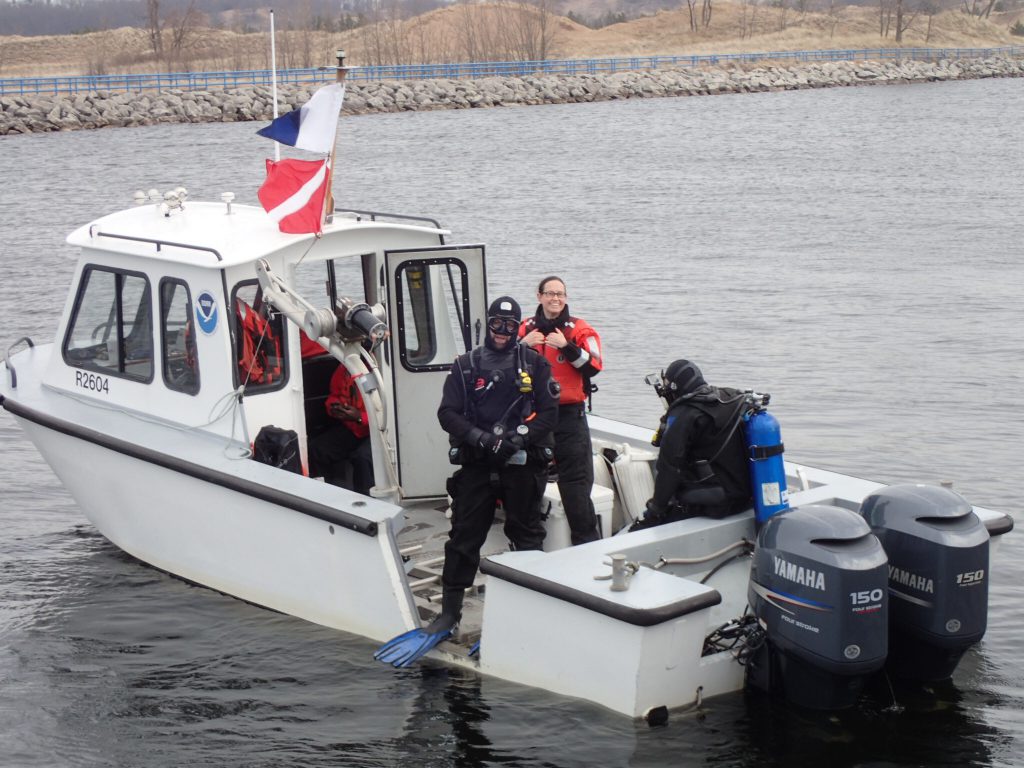Scientists from NOAA’s National Centers for Coastal Ocean Science (NCCOS) have published an assessment of contaminants of emerging concern in the Great Lakes. Of the 237 chemicals the team analyzed, they detected 99 of them in the mussels sampled for the study.
New kinds of chemicals enter the environment every year. Often, they are unregulated, and their toxicological effects on fish and wildlife are poorly understood. These contaminants of emerging concern include pesticides, hormones, flame retardants, pharmaceuticals, personal care products, and chemicals in household and industrial detergents. Runoff, from both urban and agricultural areas, carries these contaminants to coastal waters.
In the U.S. coastal zone, NCCOS is working to assess the magnitude and distribution of these contaminants. The Great Lakes are a concern, because they supply drinking water to 40 million people, and they support a $7 billion fishery and a $52 billion recreational industry.
The NCCOS Mussel Watch Program is using invasive zebra and quagga mussels to monitor contaminants of emerging concern in the Great Lakes. These mussels spread rapidly throughout all of the lakes, except Lake Superior, after their unintentional introduction in the mid-1980s from the ballast water of trans-Atlantic ships.

Bivalve mollusks, such as mussels, can serve as ideal indicators of chemical pollution. They tend to bioaccumulate pollutants from the large amounts of water they filter, they have limited mobility, and they are found throughout the U.S. coastal zone.
Given the pervasiveness of invasive mussels in the Great Lakes, the researchers were able to report on contaminants in offshore, nearshore, and river/harbor waters. The frequency of detection was greatest in river/harbor areas with known contaminant sources, such as wastewater treatment outfalls. However, the researchers detected some contaminants at reference sites far from known sources of pollution, suggesting persistence and offshore transport of these contaminants.
Since 1986, at roughly 300 coastal sites nationwide, the NCCOS Mussel Watch Program has monitored U.S. coastal waters for chemical contaminants and biological indicators of water quality.
